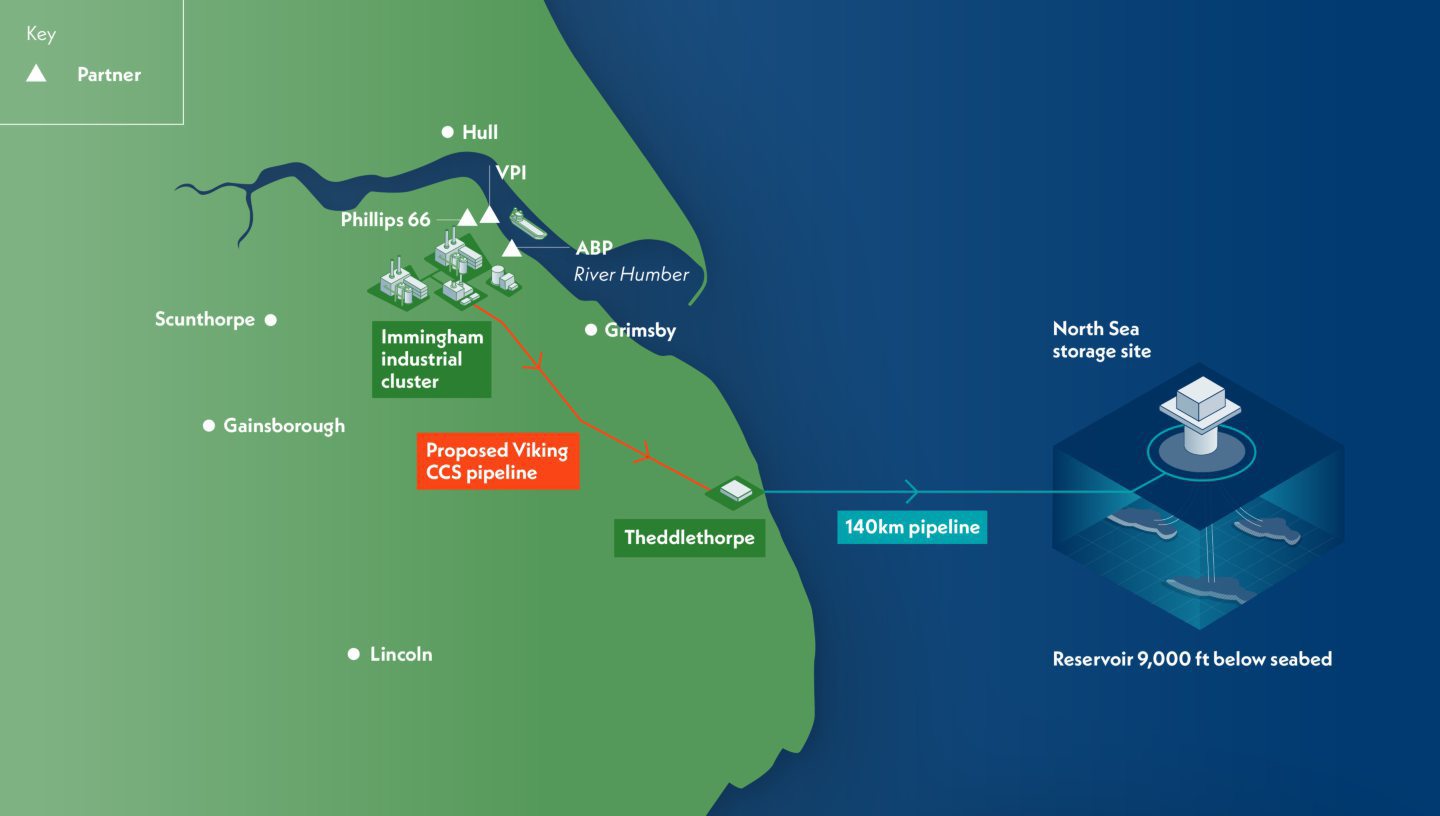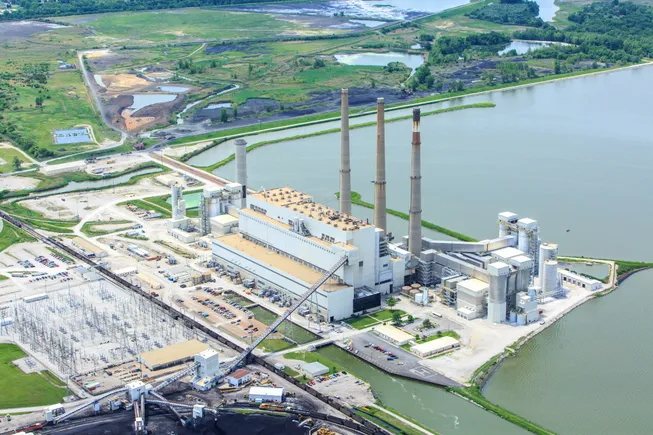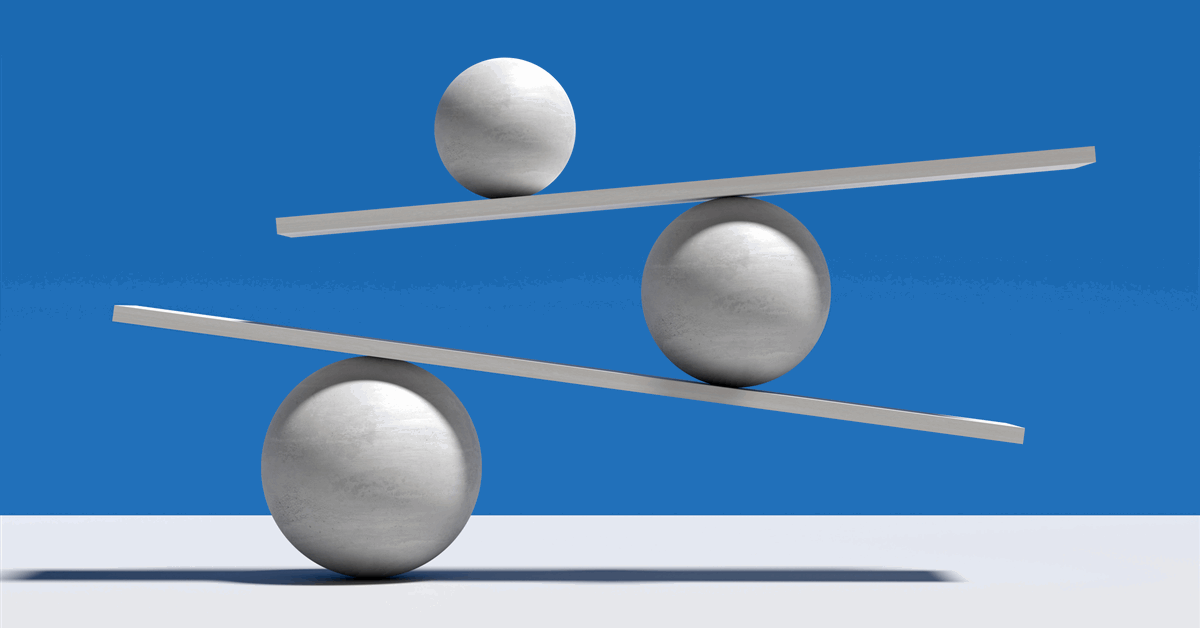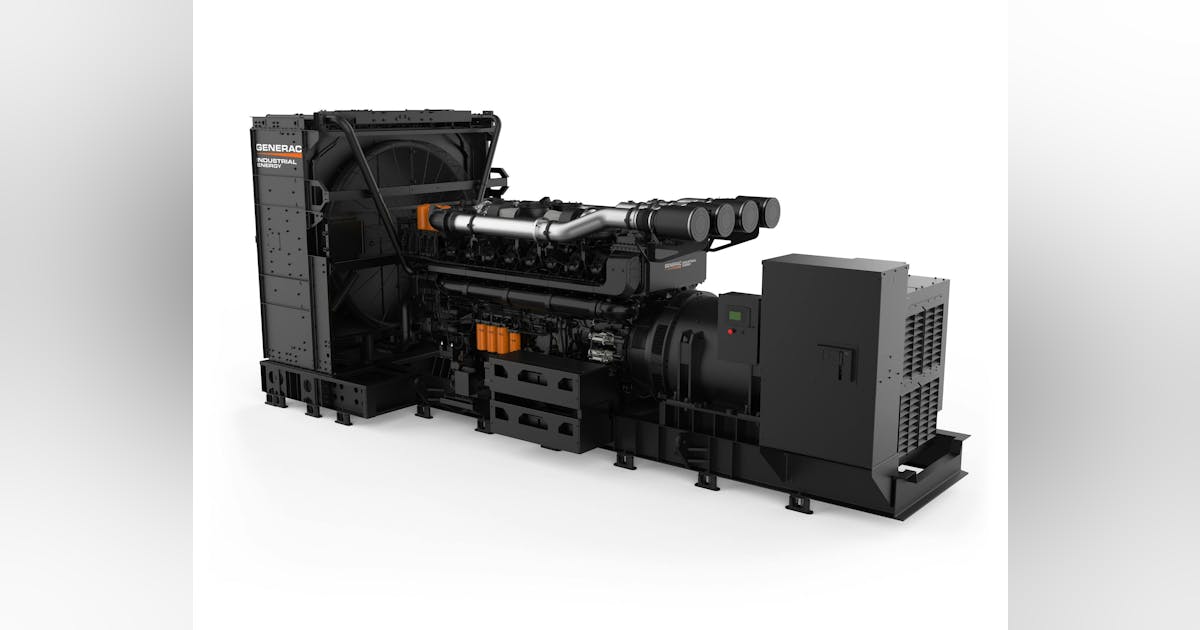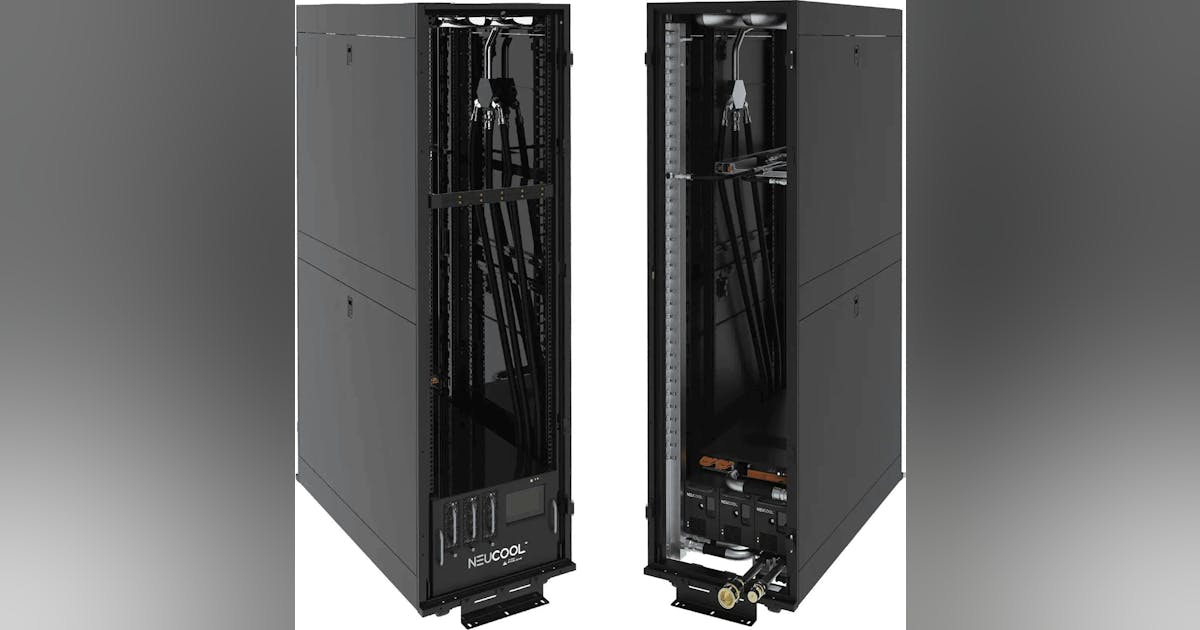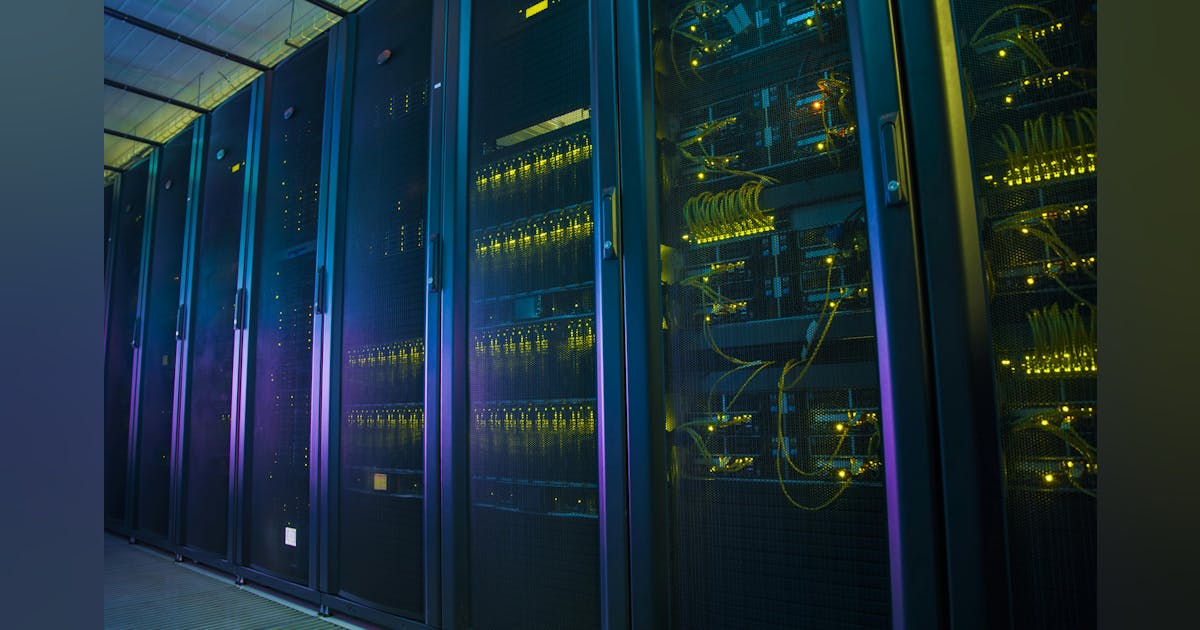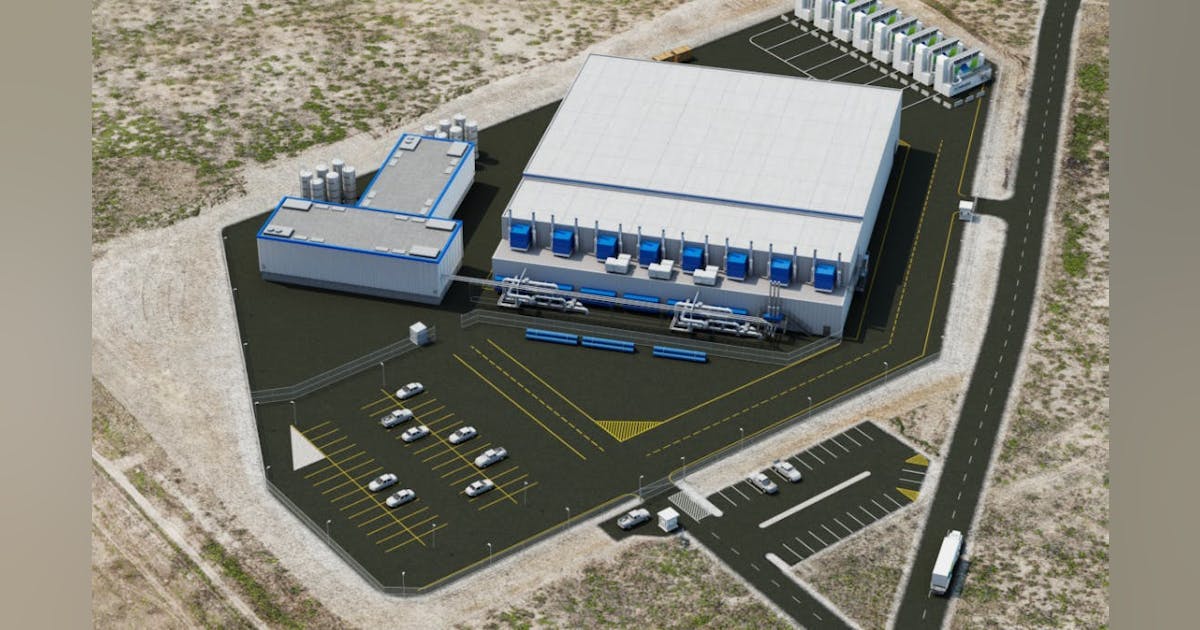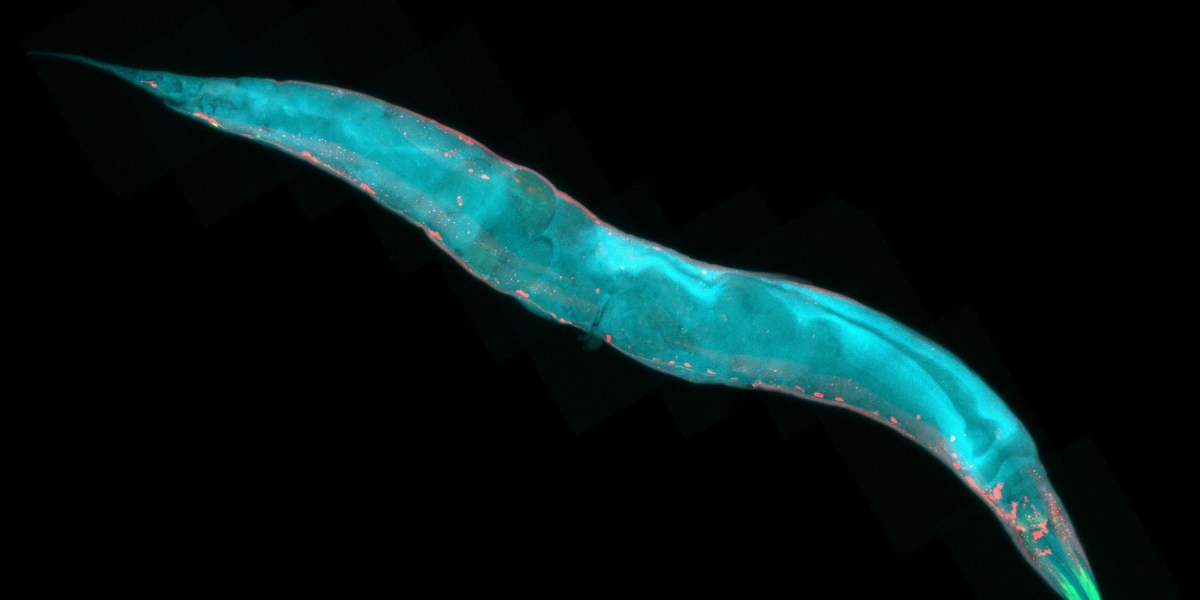
- Device layer (physical and virtual devices)
- Topology layer (Level 2 and Level 3 connections)
- Control plane layer (traffic flows, security policies)
- Intent layer (configurations, states, and designed behaviors)
Tao emphasized that in his view, the key to managing a modern network is to understand intent.
The 12.1 release enhances this capability with the automatic discovery of network intent. The goal is to create a distributed, intelligent network modeling system that can discover and manage network intent without heavy human intervention, using AI and automation to continuously assess and adapt network configurations.
NetBrain aims to prevent future network outages
As part of the 12.1 update, the new post-mortem analysis feature allows organizations to quickly investigate network issues across their entire infrastructure.
The system will automatically scan an entire network for similar problems after an outage. By using intent-based network mapping, AI and automation, NetBrain will then take the initial post-mortem findings and use that information for ongoing monitoring, tracking similar potential failure points across the network and proactively identifying potential future incidents.
Looking ahead, NetBrain is working on creating more AI-powered network automation capabilities to reduce the need for hands-on human interventions. This vision represents a significant shift in network management, with AI increasingly handling complex operational tasks that previously required human expertise, allowing network professionals to focus on more strategic initiatives.
“More and more human tasks are shifting to automation, with more automation shifting to AI,” Tao said. “I can see 50% of network operations tasks now can be AI enabled in a matter of months right now.”




